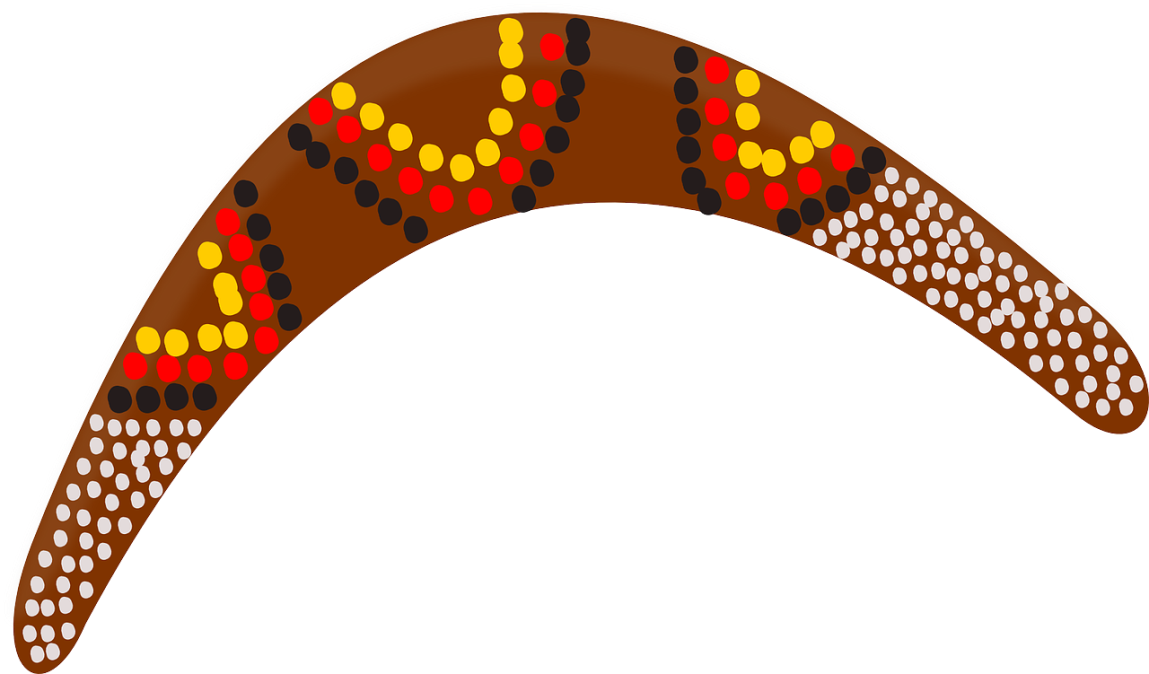
Indigenous health organisations saw around 435,000 clients in 2014-15
Australian Institute of Health and Welfare (AIHW) has released a report about the health services and activities provided by Aboriginal and Torres Strait Islander health organisations. The report presents information from 278 organisations across Australia which participated in the 2014–15 Online Services Report data collection.
AIHW spokesperson, Dr Fadwa Al-Yaman, said that the services by these organisations play an important role in delivering health care to Indigenous people. This includes clinical care, health promotion, child and maternal health, social and emotional wellbeing support and substance-use prevention.
The report, Aboriginal and Torres Strait Islander health organisations: Online services report-key results 2014-15, presents information as follows:
- 203 of all the organisations were funded to provide primary health-care services and 138 of these were Aboriginal Community Controlled Health Organisations.
- These organisations employed 7,359 full-time equivalent staff and just over half (53%) were Indigenous.
- Nurses and midwives were 15% of employed staff, followed by Aboriginal health workers (11%) and doctors (6%).
- Health staff provided primary health-care services to around 434,600 clients through 5.0 million client contacts.
- 220 of all the organisations (provided maternal and child health services. Around 34,100 antenatal visits were reported for 7,400 Indigenous women and around 22,100 child health checks were conducted for Indigenous children aged 0–4 years.
- 97 of all the organisations (were funded to provide social and emotional wellbeing services. There are 221 counsellors, around 60% of them were Indigenous. Services were provided to around 21,100 clients through 100,200 client contacts.
- 67 of all the organisations were funded to provide substance-use services. They saw around 25,200 clients through 151,000 episodes of care. Most episodes of care (89%) were for non-residential or after-care services.
More resources and articles on My Health Career:
- We’re frozen, there’s no provision for preventative health and it will be difficult for the poor to stay well – the aftermath from the 2016 Federal Health Budget
- Skilled Occupations List submissions put workforce shortages and excesses in the spotlight
- 61 recommendations for Choosing Wisely Australia: The Next Wave campaign
- Crocodiles, culture and career – Danni-Lee Dean’s #GoRural trip to the Northern Territory
